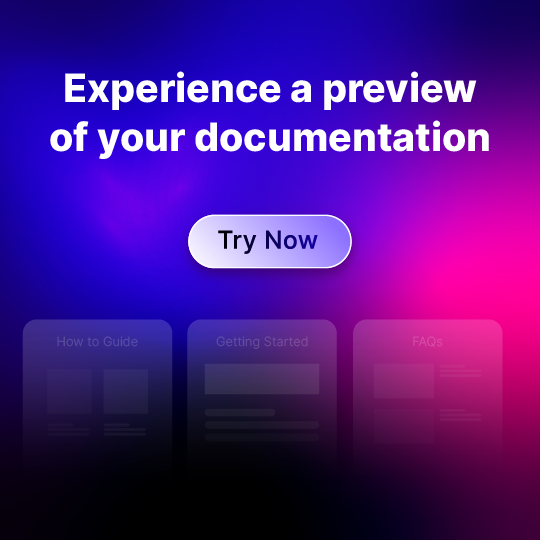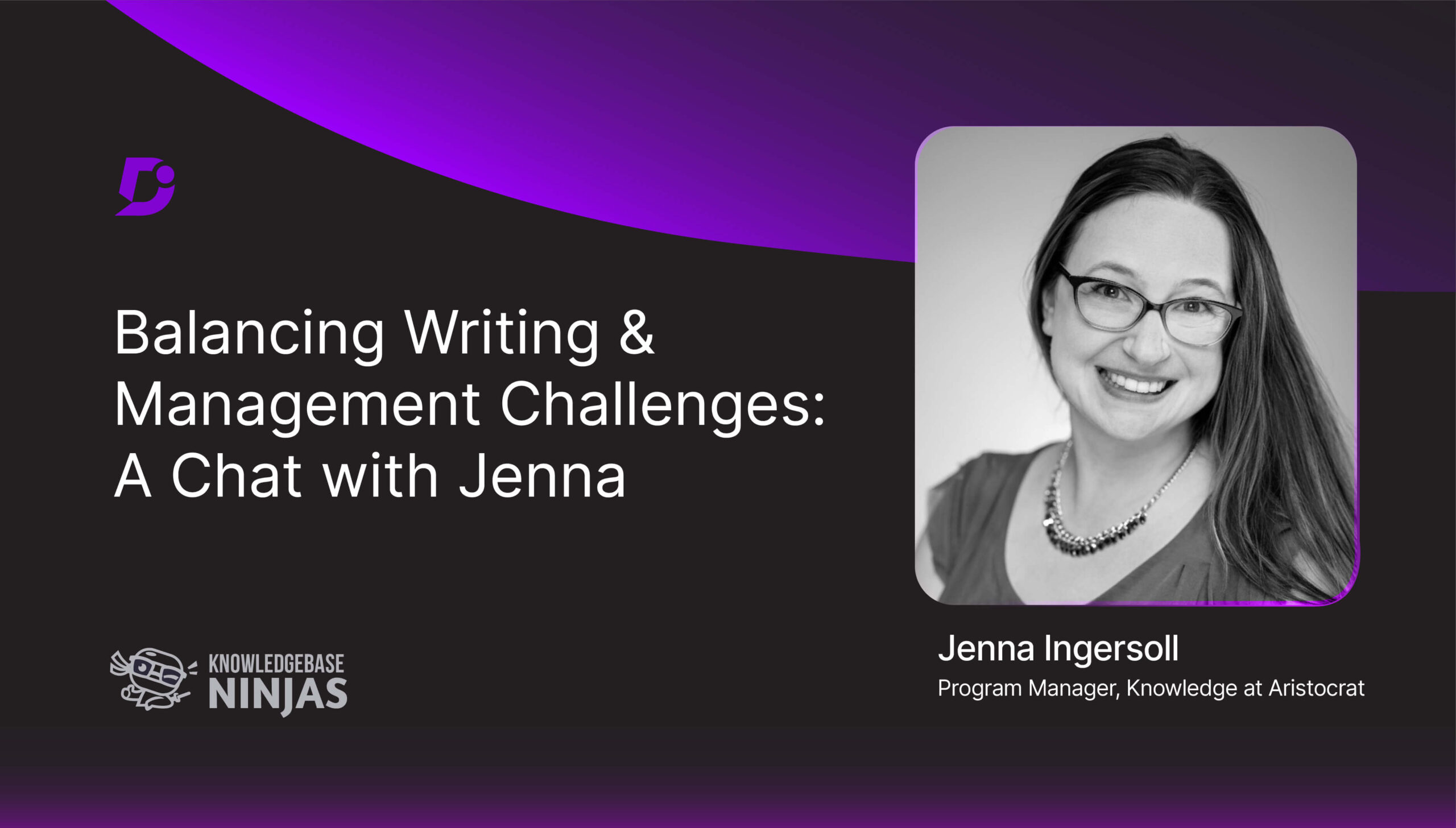In this Knowledge Base Ninjas Podcast, we have Stacy Reed, who is a Senior Technical Writer at Wavelo. She focuses more on creating simple and easy-to-understand documentation for internal purposes and customers. Stacy points out that accessibility is necessary, not something you can do without. Users need to be able to locate the documentation and then read it with ease for it to be useful. She advises against using jargon, making the layout simple, properly labelling visuals, and putting courtesy ahead of the other 7 Cs. Her work centres on understanding those with disabilities or neurodivergence, helping them have an equal chance to use and gain from documentation.
Watch the full podcast episode video here
Quick jumps to what’s covered:
2:02 – Why Accessibility Matters in Technical Writing
3:35 – Common Barriers in Consuming Documentation
4:26 – Principles for Inclusive and Navigable Content
6:41 – Best Practices for Accessible Documentation
6:43 – Rapid Fire Round: Resources and Inspiration
7:32 – Advice to Younger Self: Clarity and Kindness
8:23 – The Seven C’s of Writing
About Stacy
- Stacy’s LinkedIn
- At Wavelo, Stacy works as a Senior Technical Writer and focuses on making documentation both user-friendly and understandable for both the company’s developers and the customers. Having spent 28 years overall in related roles and three in technical writing, she has built Wavelo’s Dev Portal up from just a few endpoints to more than 100. Stacy is also behind the Neurodiversity Employee Resource Group (ERG) at Tucows. She strongly urges the software industry to include disability and neurodiversity in their APIs and write technical documentation that people with disabilities can access.
Key Takeaways
-
Adding Accessibility is a core responsibility
Stacy underlines that accessibility should be included in any good set of documentation. Do not wait to include it at the end, but use it all throughout your writing. No matter if any individual has visual, cognitive, or neurodivergent challenges, documentation should be effective for everyone.
-
Discoverability and accessibility go hand in hand
Finding a resource and getting to it are both important. The existence of documentation is only useful if it is also easy for anyone to use and find. The documentation has always failed its purpose if users are unable to locate the details they are searching for. Organizing the content well and ensuring the documentation is easy to navigate are very important for usability.
-
Common accessibility barriers are often overlooked
Many times, barriers to accessibility are missed by most. It is possible that writers do not realize that some challenges are not obvious to users. Many different things, such as screen readers, keyboard-only access, cognitive load, and language complexity, shape the experience of reading documentation. Considering such issues helps more people use the documentation.
-
Making your writing easy to understand
Simple and direct words benefit all users. Avoid metaphors, sarcasm, and any jargon that is not needed. All important technical terms should be spelled out clearly. Using only one thought on each line, left-aligning the text, and creating relevant headings, makes the documentation simpler and comprehensive for the readers to understand.
-
Accessibility goes beyond alt text
Each graphic or visual should be intended to help the audience, clearly labelled, and properly connected to what is being written. Clean formatting, such as logical subheadings and intuitive layout, helps all users engage more easily with the documentation.
-
Follow the 7 Cs of communication, with Courtesy as first
Always start with courtesy when you are communicating. Having the text be clear, coherent, concise, concrete, correct, complete, and courteous gives a solid base for technical writing. Stacy says that being courteous means using empathy and the intent to help in documentation.
Rapid Fire
-
What are some valuable resources you would recommend to the viewers?
Pronovix, Write The Docs, I’d Rather Be Writing, Hugging Face. -
One word that comes to mind when you hear “documentation”?
Empowerment -
A piece of advice you would give your 20-year-old self?
Clear as kind and unclear as unkind. Remove barriers, meet people where they are, and make information work for as many as possible.
You can listen to the full episode on Apple, Spotify and YouTube.






 –
– 

